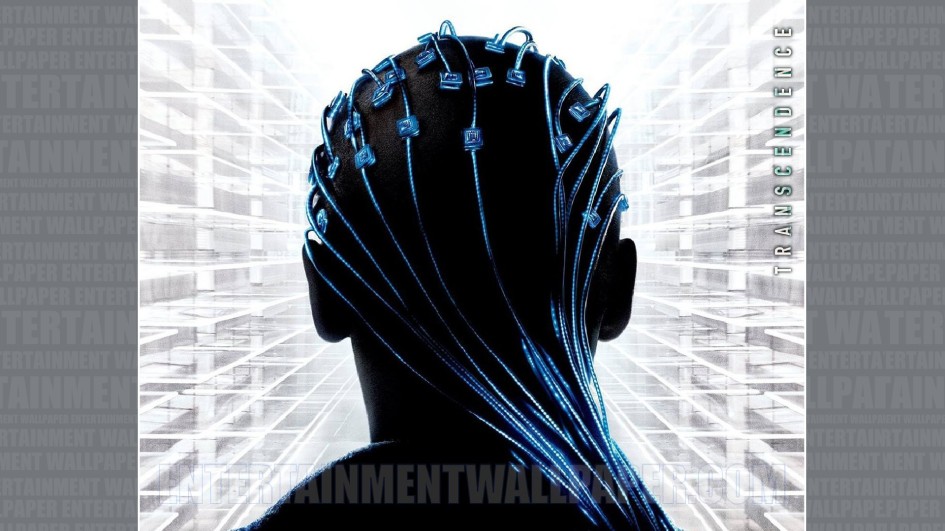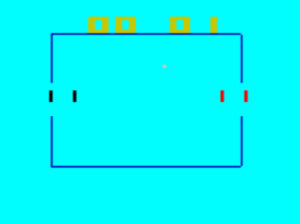What do we want? No, I mean, what do we really want?
Your eyes flick back and forth between your smartphone and your iPad; your coffee cools on the dusty coaster beside the yellowing PC monitor; you momentarily look to the green vista outside your window but don’t fully register it; Facebook fade-scrolls the listless postings of tens of phase-locked ‘friends’, while the language-association areas of your brain chisel at your clumsy syntax, relentlessly sculpting it down to the 140-character limit of your next Twitter post.
The noise, the noise; the pink and the brown, the blue and the white. What do we want? How do we say it?
As I am a futurist, it’s understandable that people sometimes ask me what I can tell them about the future. What do I say? How about, “Well, it won’t be the same as the past”? On many levels, this is an unsatisfying answer. But, importantly, it is neither a stupid nor an empty one. If it sounds a bit Zen, that is only because people as used to a mode of thinking about the future that has it looking quite a lot like the past but with more shiny bits and bigger (and much flatter) flat screens.
What I prefer to say, when there is more time available for the conversation, is, “It depends on what you, and others, want, and upon what you do to get those things.” Another unsatisfying response?
Where others see shiny stuff, I see the physical manifestations of drives. After all, what are Facebook, Twitter, and iPads but manifestations of drives? Easy, isn’t it? We can now glibly state that Twitter and Facebook are manifestations of the drive to communicate, and that the iPad is a manifestation of the desire to possess shiny stuff that does a slick job of enabling us to better pursue our recreational, organizational, and communicational drives.
There are, however, problems with this way of looking at drives. If, for example, we assume, based on the evidence we see from the boom in the use of communication technologies, that people have a strong drive to stay in touch with each other, we will simply churn out more and more of the same kinds of communication devices and platforms. If, on the other hand, we look at what is the overarching drive driving the desire to communicate, we can better address the real needs of the end user.
As another example, we look back to early computer gaming. What was the main drive of the teenager playing Pong on Atari’s first arcade version of the game, released in 1972? If you asked this question to an impartial observer in 1972, they might well have opined that the fun of Pong stemmed from the fact that it was like table tennis; table tennis is fun, so a bleepy digital version of it in a big yellow box should also be fun. While not completely incorrect, such an opinion would be based solely upon the then-current gaming context. In following the advice of such an observer, an arcade-game manufacturer might have invested, and probably lost, an enormous amount of money in producing more and more electronic versions of simple tabletop games. But, fortunately for the computer-game industry, many manufacturers realized that the fun of arcade games was largely in the format, and so began to abandon the notion that they should be digital representations of physical games.
If we jump to a modern MMORPG game involving player avatars, such as World of Warcraft, we find a situation radically different from that which prevailed in 1972, but I would argue that many observers still make the same kinds of mistakes in extrapolating the drives of the players. It’s all about “recreation” and “role-playing”, right?
I think that many technology manufacturers underestimate and misunderstand our true drives. I admit to being an optimist on such matters, but what if, just for a moment, we assume that the drives of technology-obsessed human beings (even the ones playing Angry Birds, or posting drunken nonsense on Facebook) are actually grand and noble ones? What if we really think about what it is that they are trying to do? Now we begin to get somewhere. We can then see the Facebook postings as an individual’s yearning for registration of his or her existence; a drive towards self-actualization with a voice augmented beyond the hoarse squeak of the physical one. We can see individuals’ appreciation of the clean lines of their iPads as a desire for rounded-corner order in a world of filth and tangle. We can see their enjoyment of moving their avatar around World of Warcraft as the beginnings of a massive stretching of their concept of self, to a point where it might break open and merge colorfully with the selves of others.
One hundred and forty characters: I know it doesn’t look much like a drive for knowledge and transcendence, but so what? Pong didn’t look much like Second Life; the telegraph didn’t look much like the iPad. The past is a poor guide to the future. A little respect for, and more careful observation of, what might be the true drives of the technology-obsessed would, I think, help us to create a future enhanced by enabling technologies, and not one awash with debilitating noise.
* image used http://www.entertainmentwallpaper.com/newdownload/1920×1080/10044044/


Leave a Reply